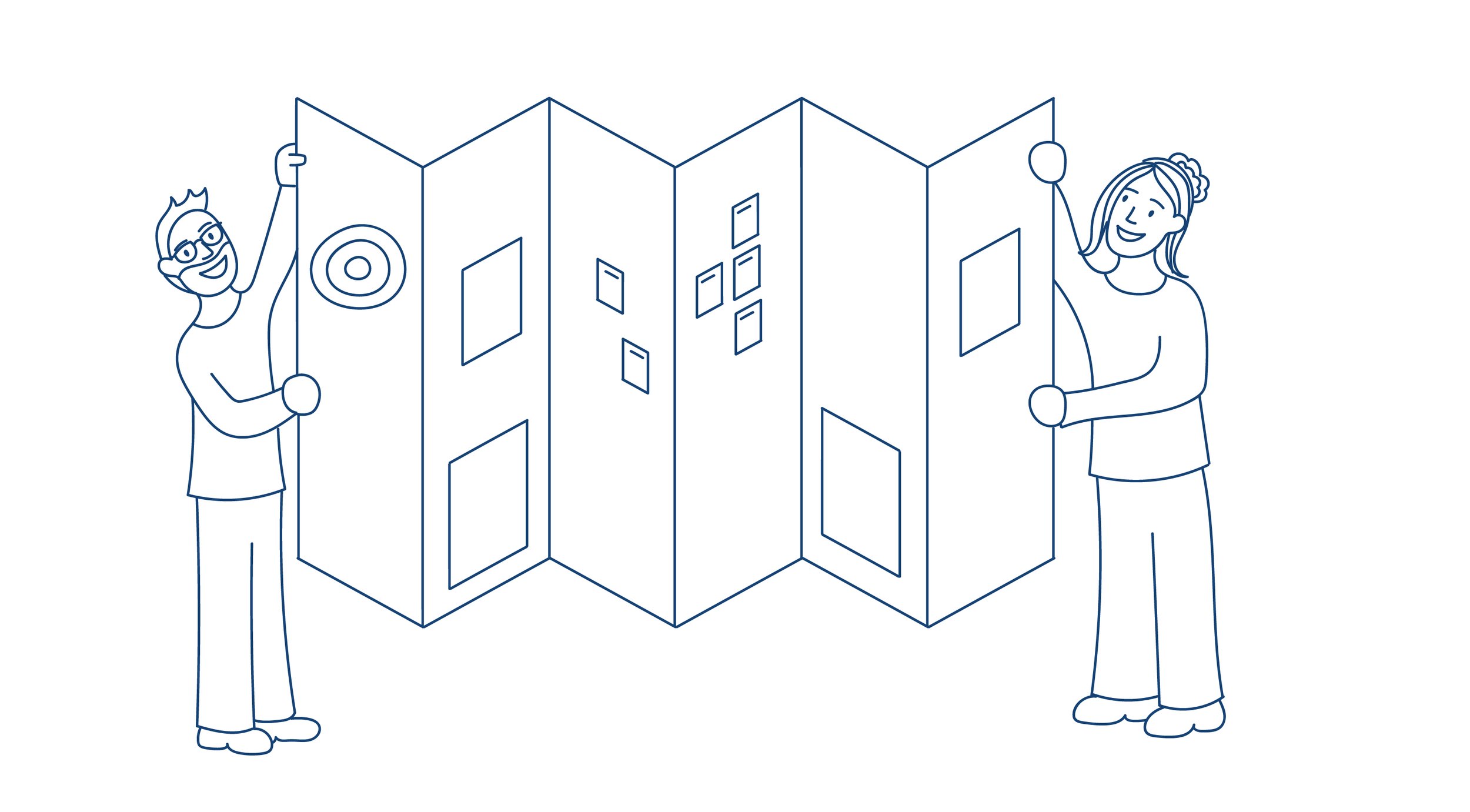Business process improvement
Improving processes: why a system upgrade alone is never enough
Changing customer demands is just one factor that continues to create the need for organisations to adapt. Others include the need to save money, and the need to engage reduced numbers of staff to be more productive. This means having to create processes that deliver services in a different, more efficient and more effective way than ever before. One trap that organisations fall into is to think the answer lies in technology alone…
Improving processes by upgrading it
Organisations often look to Information Technology to provide a response to this need to change. Systems are often heavily relied upon to operate processes and, with technological advances showing no sign of slowing down, there is an opportunity to make significant improvements. The availability of seemingly more agile and integrated systems and an increased ability to interact with customers through a more digital medium, are just two of the reasons a significant system upgrade/change is an appealing prospect. Unfortunately, there is no perfect system. This is even more the case in the service sector, where delivery is made up of human interactions. Promises of an all-singing, all-dancing system usually ends in disappointment when it fails to deliver as expected.
The current situation
A growing number of organisations are beginning to realise the importance of getting the process right first, and then using systems to support delivery of this good process. We still come across many organisations that are adapting their processes to fit with a system that is not fit for purpose, but the adaptability of systems and a change in thinking is helping to turn the tide. The result is a noticeable increase in process improvement work being done hand-in-hand with system upgrades/changes.
Business Process Improvement (BPI) is a tool that uses detailed process mapping to review and re-design or re-engineer processes. When used independently, this approach is limited – it is a good start, but doesn’t go far enough. It fails to challenge whether a task adds value or not meaning improvement can often only be doing the same unnecessary tasks, just quicker or with less effort. While this creates some forward movement, it does not realise the significant improvement that can, or should, be made. Furthermore, BPI overlooks the impact of the environment and culture within which the processes are operated. The result is a short-term improvement, an expensive system upgrade based on slightly better processes and the same problems eventually reappearing.
Process improvement done right
Doing process improvement right means maximising the effectiveness and efficiency of a process, whilst simultaneously creating an environment that supports both process delivery and on-going improvement.
In our experience Value Stream Mapping is the most effective process improvement tool. It is a technique used to map end-to-end processes as they are actually operated, with the aim of identifying and removing waste activity. This means eliminating anything that does not add value for the intended customer. Unlike BPI, the first question is “why do we do this at all?” rather than “how can we do this with less effort?” Once value steps are identified, the process can be redesigned, using a number of Lean tools, to maximise how the process flows in order to deliver value to customers. It is at this point, when we have the currently best-known version of a given process, that system requirements should be captured. This ensures that technology is being used to better deliver the best process, rather than the process being changed to meet limitations of the selected technology.
Processes, however, are only as good as the environment within which they are operated. If people do not follow the current processes, why would they follow any new processes? Staff need to fully understand the performance of their processes and be engaged in redesign so that they can own changes and are motivated to continuously improve. Sustaining process improvement will require, amongst other things, improvement activity on:
How performance is measured
How frontline staff solve day-to-day problems
The organisation’s leadership style
How change activity is managed
How information is communicated and shared
What support is available to continuously improve processes
How we can help
We help organisations take a more sustainable approach to change and improvement. We achieve this by simultaneously supporting the task of delivering detailed process improvement, whilst also creating a more conducive environment.
We use Value Stream Mapping to create improved processes that are customer focussed and implementable. This involves working with operational teams to review their current processes and practises before supporting them to create improved processes and ways of working. The mapping of the current state involves other explorative activity, such as Day In the Life Of analysis, hand-off charts, observations and data analysis, ensuring we have an accurate understanding of current issues before any changes are made. IT requirements, rules and tools required to operate the redesigned process are then captured and can be used to help specify and purchase or to develop the current IT system.
To develop an environment that will enable the process changes to succeed, we lead a number of activities across the organisation including:
Supporting managers to adopt a Lean leadership style where they continue to develop a culture of continuous improvement
Supporting more effective strategy deployment and creating an improved approach to change management and process management
Setting up more effective measures of performance and better ways of monitoring these measures at every level of the organisation
Embedding a foundation that enables and supports all staff to improve continuously – increasing visual management, increasing standardisation and giving staff the skills to solve problems at a team level
Supporting managers to adopt a new leadership style where they continue to develop a culture of continuous improvement
If you would like to know more, please email us at hello@ad-esse.com.

